7 super seeds you’ll want to try
With the homogenization of crops throughout the world, it is increasingly unusual to find endemic foods in each region, but there are some seeds that have managed to remain among the diet of some communities, and that today place them in the sights of those of us who seek a diet healthy, sustainable and of great nutritional contribution.
Learn more about seven ancient seeds and their superpowers.
1. Quinoa
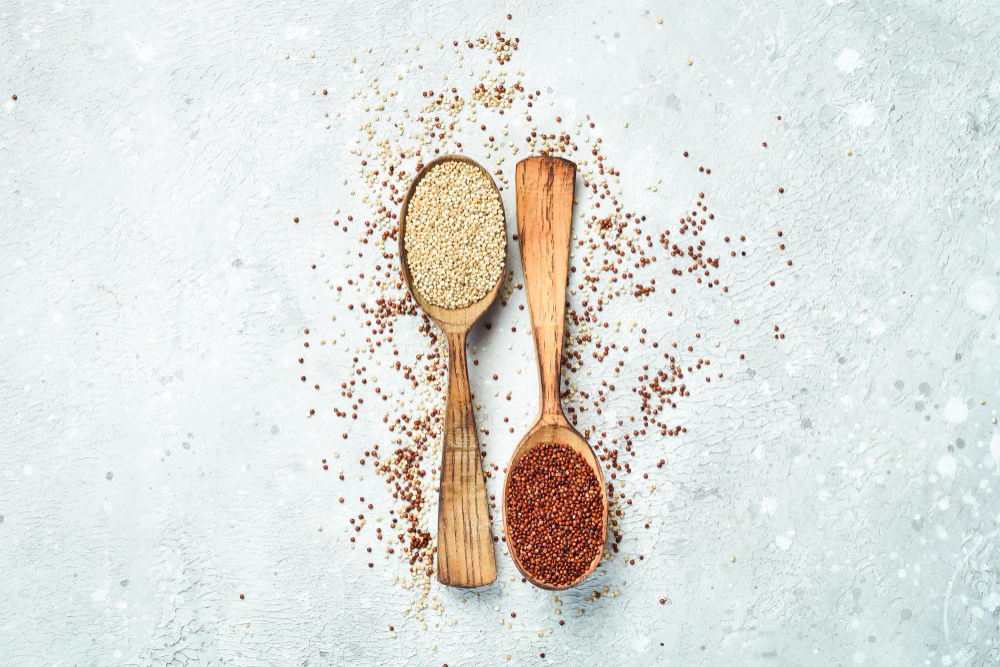
This pseudocereal is especially beneficial in the diet of people with celiac disease, as it does not contain gluten. It is high in fiber and protein, and its low glycemic index makes quinoa an ideal food for people with diabetes.
It is also of great help to control blood cholesterol levels, since its fiber and unsaturated lipids favor the lipid profile in the body. It is a good source of iron of vegetable origin with a high content of phosphorus, magnesium and iron.
In pre-Hispanic times, quinoa was essential in the diet of the Inca culture, in the current countries of Peru, Bolivia, northern Chile and Argentina, as well as southern Colombia and Ecuador. Today 90% of the quinoa comes from the arid and cold highlands of Bolivia and Peru.
2. Amaranth
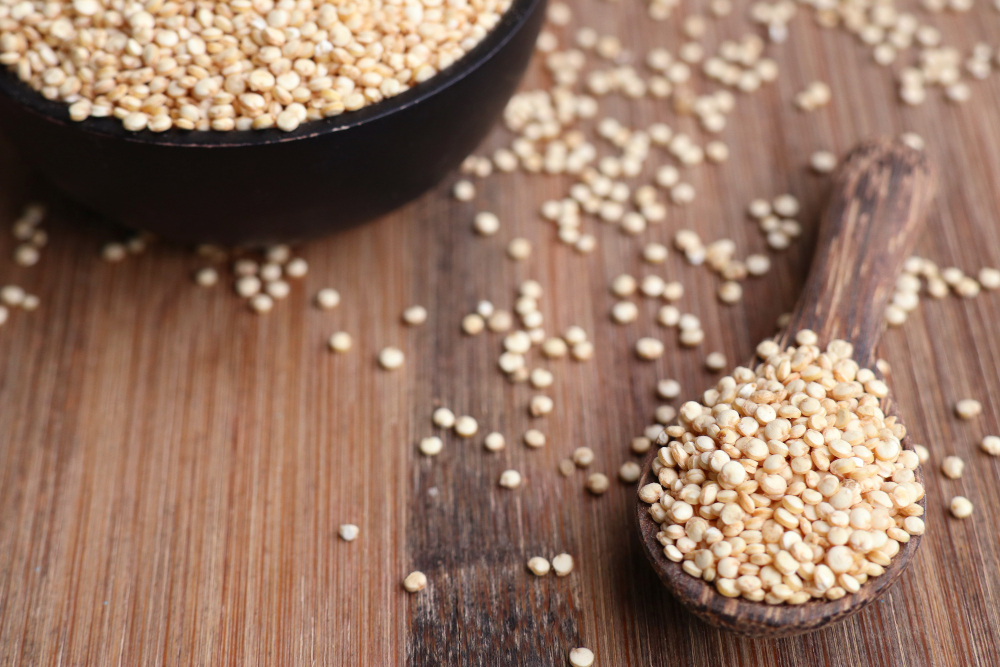
Small in size but large in health properties, amaranth has been considered one of the 36 vegetables with the greatest nutritional potential for humanity, due to its richness in minerals and proteins, its resistance to drought and great agricultural yield.
In addition to their high content of calcium, phosphorus, iron, potassium, zinc, vitamin E and vitamin B, these seeds can be allowed to germinate to consume as nutritious sprouts, while their leaves, very similar in appearance and properties to spinach, can be cooked in delicious dishes.
The Mayas, Incas and Aztecs dedicated vast territories to its cultivation, which dates back to 4,000 BC. They also appear in ancient recipes of peoples of Asia and Africa.
3. Chia
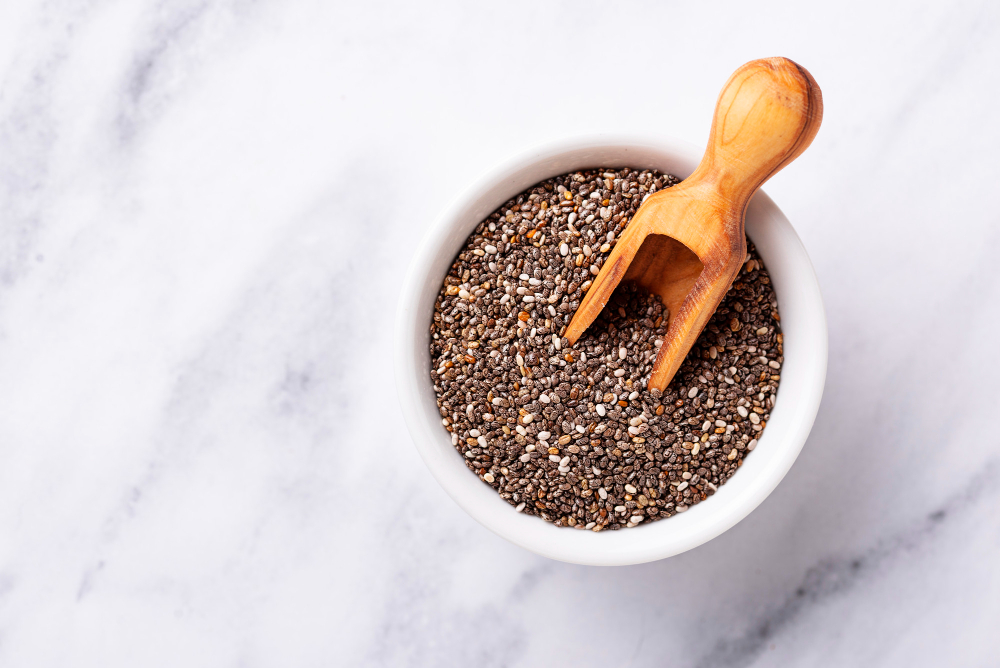
Its name comes from the Nahuatl chian which means “oily” and provides many nutrients and benefits, among which is its ability to satisfy hunger since it increases its volume up to 20 times. It is rich in omega 3, magnesium, manganese and phosphorus, proteins, fibers, and antioxidants. The calcium they contain is 600 mg per 100-gram serving, five times higher than milk.
In addition, it provides vitamin C, potassium, iron, selenium, magnesium, and zinc, and provides antioxidants — four times more than blueberries.
Its seeds are especially oily and are grown in soils with scarce nutrients, and are tolerant to acidity and drought, but it does not support frost, so it is adapted to the conditions of southern North America (Mexico and Southwestern United States) , as well as large areas of a world with increasingly arid, acidic and dry soils. It is seen, along with quinoa, as one of the most promising crops for the world of the future.
4. Teff
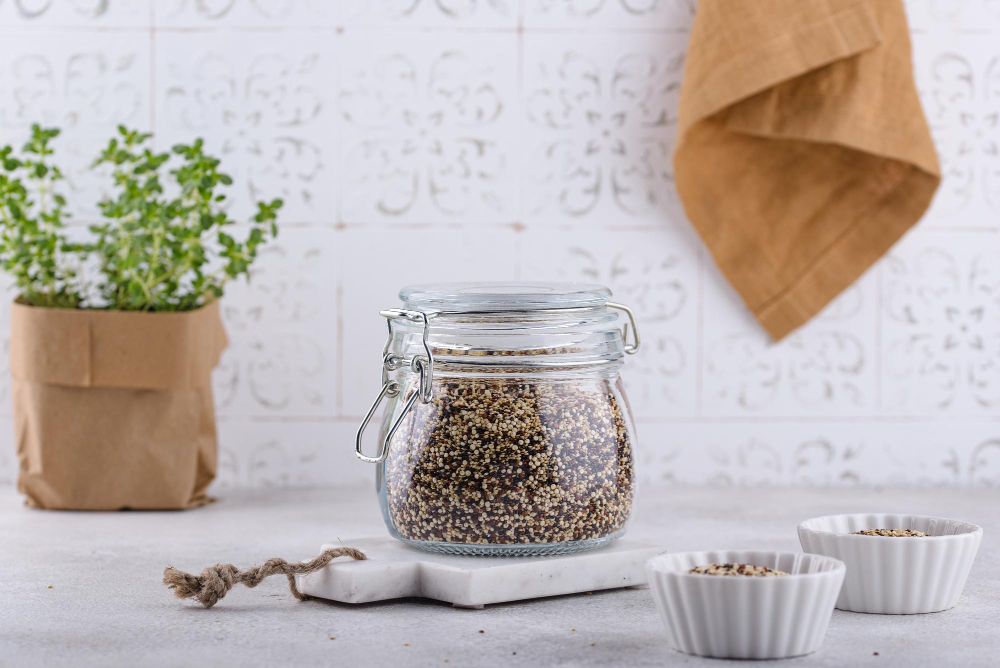
Teff seeds are similar to cereals and were primarily cultivated by ancient peoples who inhabited Ethiopia, Eritrea, India, and Australia.
It is considered a “superfood” due to its high content of easily digestible fiber. It acts as a probiotic since it favors the intestinal flora. It is an excellent source of slowly absorbed hydrates, which helps control blood sugar levels. What is ideal for diabetics.
In addition, it provides a significant amount of protein, is gluten-free, and contains essential amino acids and minerals such as calcium, magnesium, manganese, potassium, copper, and zinc.
5. Farro
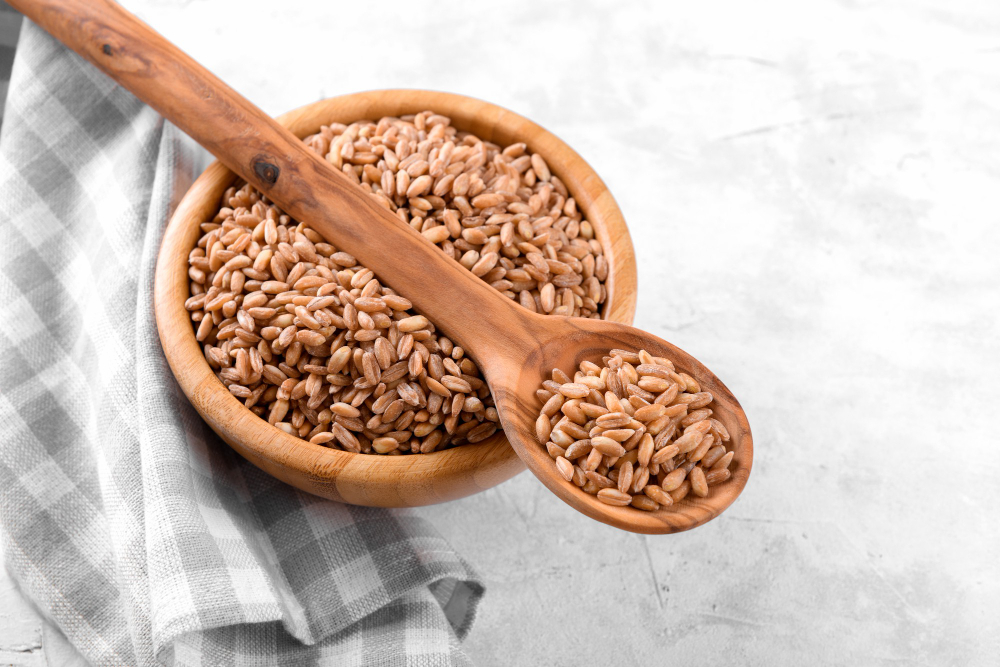
Farro is, along with spelled, one of the most popular “primitive” wheat.
Its cultivation originates from the Fertile Crescent made up of the Mediterranean Levant, Mesopotamia, and Persia, and evidence has been found indicating that it was cultivated for 10,000 years.
Its high antioxidant values help reduce diseases such as cancer, heart disease, or diabetes. It has a large number of fibers that prevent type 2 diabetes and coronary heart disease. Regulates the level of glucose and cholesterol in the blood.
Its nutritional contribution includes proteins and gluten, which is why it is not recommended for people with celiac disease.
Despite the fact that it offers a greater nutritional contribution than wheat, and that it resists severe droughts and frosts, the seed maintains the husk, and removing it involves more expensive processes, which is why it was quickly supplanted by common wheat. It was not until the 20th century that interest in this seed began to grow.
6. Spelt
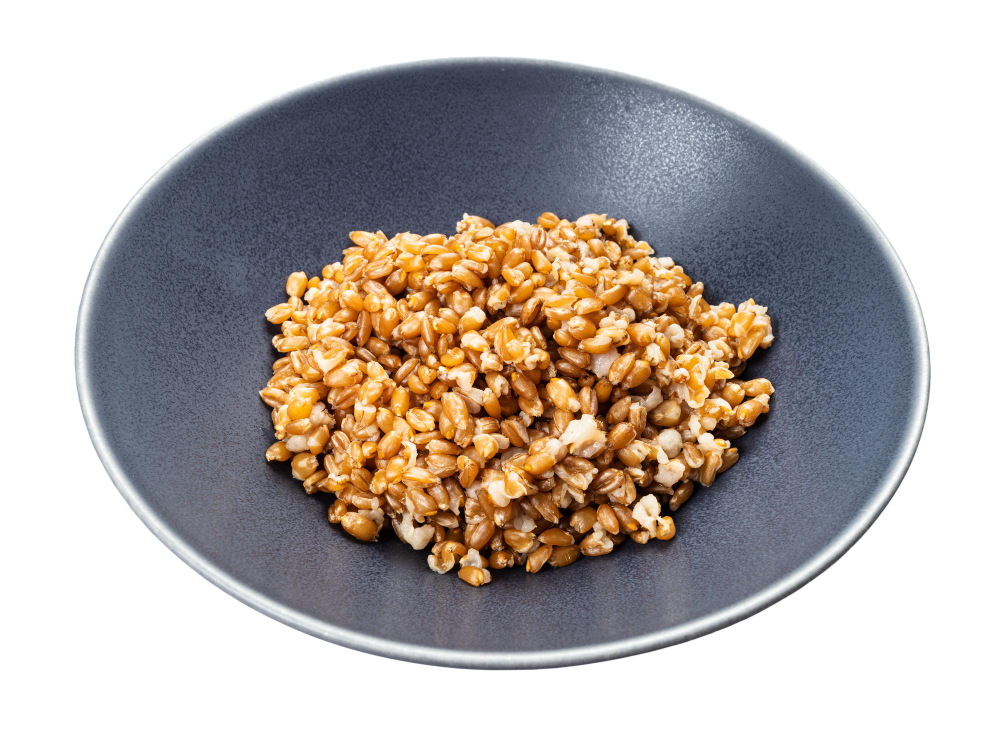
This common species of triticum evolved in the humid and cold climates of the Near and Middle East. Archaeological excavations have revealed its use for 7,000 years in the current countries of Iraq, Israel, and Turkey.
Around 3,000 B.C., its cultivation was established in the Iberian Peninsula. Since the Middle Ages, it has been cultivated in Asturias, Switzerland, Tyrol, and southern Germany.
Spelled has become popular with consumers seeking healthy alternatives to wheat, comparable to the phenomenon of quinoa in North America.
It has exceptional resistance to cold and is considered a “superfood” as it contains Omega 3, Omega 6, and Omega 9 fatty acids and various minerals.
This ancient variety of wheat is increasingly present in bread, pasta, pastries, and beers. It contains gluten so its consumption is not suitable for coeliacs.
7. Linseed
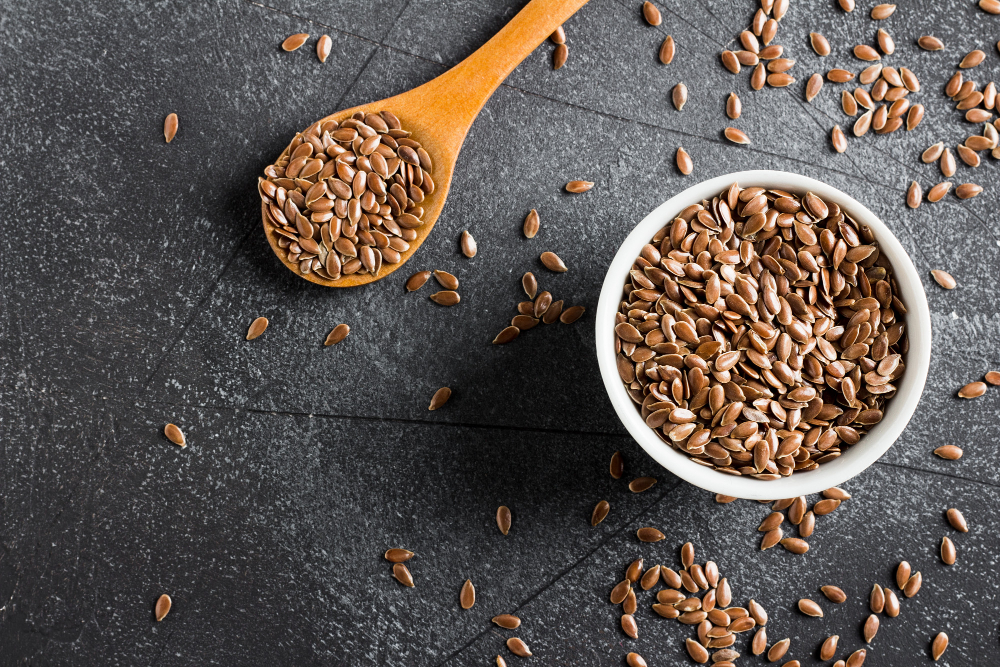
Its herbal, textile, coloring, cosmetic and medicinal importance neglected its nutritional properties for several centuries until it gained relevance thanks to the vegetarian culture.
It is one of the plants with the highest amount of Omega 3, Omega 6, and Omega 9 fatty acids. Its oil is highly valued in fresh recipes, such as salads.
Unlike olive oil, flaxseed oil is not suitable for frying, as its molecular composition breaks down at temperatures exceeding 180 degrees Celsius.
Because of its fatty acids, dietary fiber, and phytochemicals, flaxseed, served in the form of seeds, has become one of the healthiest additions to desserts, dressings, and baking.
Evidently, there are countless benefits when including these seeds in your daily diet. Do you know any super-seeds that we should add to this list? Tell us in the comment section.




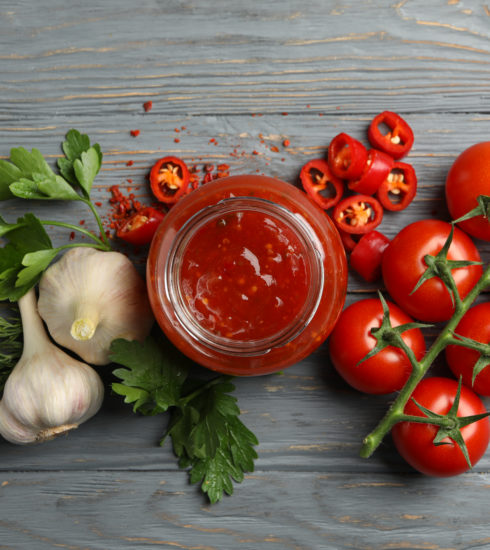
2 Comments
Michaela Hemsley
4 years agoThanks for detailing some super seeds to try. It’s interesting to learn that quinoa and chia are some of them. I will have to look into ways to incorporate more super seeds into my diet.
Velas Magazine
4 years agoHola, Michaela! Thank you for reading us, it’s great you found this post useful. Best regards!